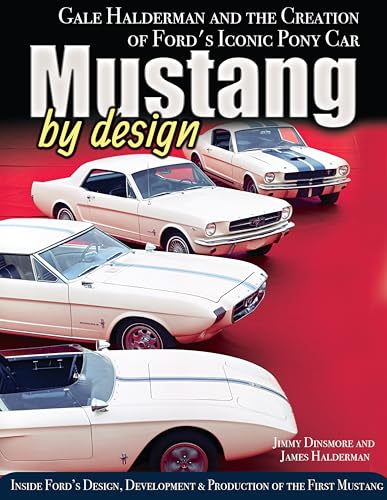Roland
Well-known member
- Joined
- Sep 14, 2014
- Messages
- 94
- Reaction score
- 71
- Location
- Switzerland
- My Car
- 1972 Mach1 351C Q-Code, original Ram Air, gold glow with black interior

Will try to get them, car is going to an auction locally! It‘s a nice looking one…More than likely a 429 from a T-bird or full size car as you suspect, but hard to pass judgement without seeing the casting numbers and under the breather and valvecovers.
You would need to get the block, head and intake casting numbers to start with.
https://www.mustangtek.com/
It should have large intake ports in the intake manifold and be visable by the aircleaner at the center of the intake front to back. The valve covers are aluminum with fins. The engine was replaced as you said..Tbird . The upper out board valve cover bolts will leak vacuum if removedMore than likely a 429 from a T-bird or full size car as you suspect, but hard to pass judgement without seeing the casting numbers and under the breather and valvecovers.
You would need to get the block, head and intake casting numbers to start with.
https://www.mustangtek.com/
NotIt should have large intake ports in the intake manifold and be visable by the aircleaner at the center of the intake front to back. The valve covers are aluminum with fins. The engine was replaced as you said..Tbird . The upper out board valve cover bolts will leak vacuum if removed










It has a ram air air cleaner,so it should be a JLooking at the driver side, just above and to the left of the number 7 spark plug and at the bottom of the valve cover flange you should be able to see the head casting number. I can see it on my car, but I can’t get the camera angle to show it because the shock tower is in the way.
CJ/SCJ head casting number is D0OE-R.
Other head casting numbers C8VE, C9VE, D0VE, D1VE are all small combustion chamber heads. D2 and later are large combustion chamber heads. There’s also a police interceptor head, D2OE, if I remember correctly they have standard size ports and cobra jet size valves.
I am curious, is the car’s engine code a C or a J?
It is a J code, just got the Marti Report.
Also got the numbers of the block, see pictures attached. It seems to be a D1VE block, I expected to see a D0VE, because car was build on January 1971? Still confused…



Plenty of those thick web blocks in Lincoln’s and what not. All D0VE blocks are like that.The ultimate proof of engine block provenance is the partial VIN stamp on the rear of the driver's side of the block above the bellhousing flange but below the cylinder head:
View attachment 91994
This is stolen from an Ebay ad, the VIN for this car is 1F05C129430.
For the car you are looking at the partial would be 1F165223. Easiest to see this from underneath the car looking up from the side of the transmission. At some point in the 71 MY CJ/SCJ blocks changed from the D0VE-A to the D1VE castings. I don't think there is consensus on when this change happened but I may be wrong on that.
This is a thin web block, the bulkhead is lower than the cap/ pan rail:
View attachment 91995
This is a thick web or CJ/SCJ block- the bulkhead is thicker and machined to the same height as the cap mating surface and pan rail:
View attachment 91996
Enter your email address to join: